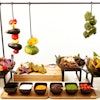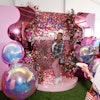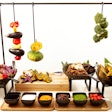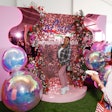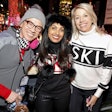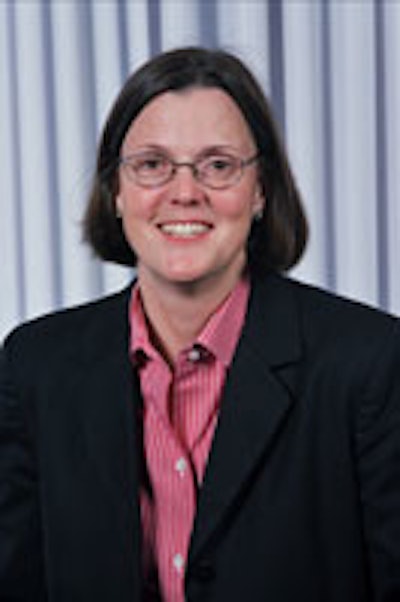
As executive vice president of the convention of the National Restaurant Association, Mary Pat Heftman is responsible for the planning, production, and promotion of the annual Restaurant, Hotel-Motel show. Considered to be the largest gathering of restaurant and hospitality professionals in the world, the 90-year-old event typically draws around 70,000 visitors.
This year, the show will occupy Chicago’s McCormick Place from May 16 to 19, offering booths from nearly 2,000 food-service related companies and a wide-reaching schedule of seminars, celebrity chef appearances, networking events, and education sessions. As she puts the finishing touches on this year's production, Heftman spoke with us about the lasting relevance of face-to-face interaction, working with international partners, and how exhibitors can make the most of their marketing dollars.
How are you preparing for the possibility of reduced attendance this year?
We’re still in the midst of registration, and traditionally it’s heaviest within the last month, so it’s too early to say [if we'll see a decline.] But we have a history of being successful through all kinds of economic environments, and we feel we have just as much buzz as ever this year.
How do you account for attendees' sustained interest in coming to the show year after year?
There's nothing like face-to-face interaction. I don't care what generation you're from or how into social networking you are—opportunities to physically engage with your peers are becoming more and more limited. Our audience really looks forward to drinking everything in once they hit the trade show floor. The energy there is palpable. Everyone has that giddiness and sense of curiosity—what am I going to find next? We represent 40-plus types of food service segments and every type of operation, from Fortune 500 companies to mom and pop diners. This is the only show where the big guys can interact with people like my father-in-law, who's owned Harry's Hot Dogs for more than 80 years.
How do you draw international attendees?
We do a lot of partnering with the Foreign Agricultural Service and the Department of Commerce, which covers equipment and suppliers. They copromote with us because they're recruiting international guests to buy U.S. product, and they've chosen to partner with our show because they know it's the greatest vehicle there is for promoting and moving product. When they interact with our audience, they touch the globe—we have attendance from over 100 countries.
With so much happening on the trade show floor, what do companies do to stand out?
An area that our exhibitors are always working on is succinct messaging. They're vying with a tremendous amount of other stimuli, and when you have three seconds to capture someone's attention, you really have to focus on one message to put out. That's why exhibitor training is really key, and I see companies spending an increasing amount of energy on that.
Do most visitors have a specific agenda when they come to the show, or are they there to explore?
The fun thing about trade shows is that everyone who attends will stumble on something they didn't expect to find. That's what keeps the medium alive and beneficial. It's hard to come to a horizontal show that spans 1.6 million square feet and stick to a succinct agenda or objective. But, for people who don't have a lot of time availability, we have planning tools on [our Web site] that help put buyers and sellers in contact before the show and help attendees really identify the core products they want to look out for.
How will exhibitors get guests to interact with their products?
There are demonstrations, tastings, and a lot of product sample giveaways. Giveaways should always be about the ability to have a conversation with someone—to slow down passerby and qualify them. If you just put giveaways on the corner of the booth for people to take, you're throwing away your marketing dollars, in any kind of economy.
What are some new elements of this year's show?
We have a new keynote format this year. We're going to skip the monologues and focus on interactive conversation between the audience and our speakers, who represent four successful operating segments. We sent out a press release on Friday morning that told attendees to send their questions to us in advance—through Twitter, Facebook, and our blog—and to start a dialogue with these operators now. Within 10 minutes, we already had questions rolling in. That's a whole new approach to the keynote panel, and it also represents what's going on in some of the guerrilla marketing in our industry. [Marketing] is becoming more about having direct access to industry leaders.


